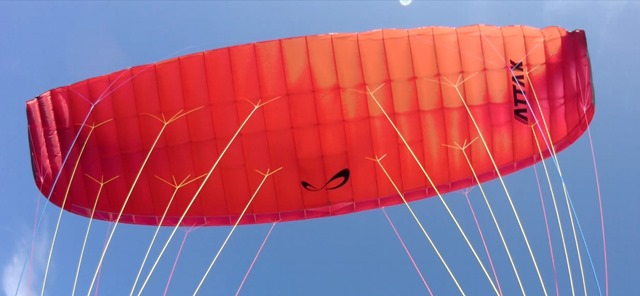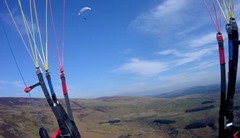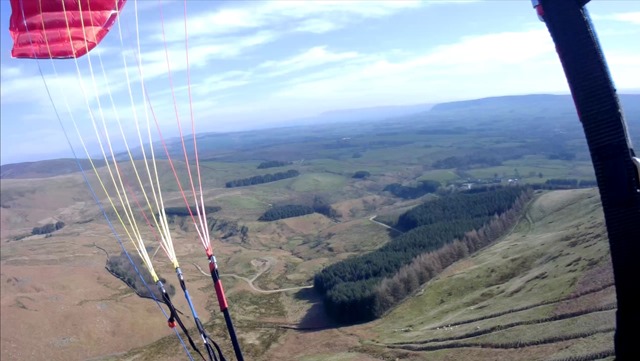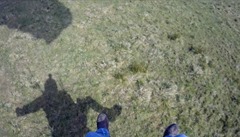Week 3
As we’re about to start the 3rd week of what is still a soft lockdown, here’s a brief update from the point of view of the PSC. Again, a massive vote of thanks to all of you for keeping temptation at bay and keeping your gliders and harnesses lovingly stored away in warm dry places. Whether you’re new to this and are in the first flush of enthusiasm, itching to try out your newly-earned wings, a seasoned XC hound staring wistfully up at the cloud streets, or part of the majority who just enjoy the sheer pleasure of floating about in the sky, it’s a real struggle to stay positive and fight the urge to say “sod it, I’m going flying, what’s the harm?”
The potential harm is incalculable. Every trip out means some sort of contact, whether it’s fuelling at the petrol pump, your hand on the latch of the farm gate or stile, or just walking too close to someone who has just coughed up a few billion virus particles (without being aware they’re carrying). Never mind the possible consequences of a crash.
Whatever your view of the decisions made by the authorities, and some invite serious questions, now is not the time to challenge or defy them. No one knows which of the varying approaches tried by different countries will turn out to be the best; we are in this now for the foreseeable future.
Please continue to heed the instructions: stay home, no unnecessary journeys. People are like sheep, so for everyone parking somewhere nice, or ground-handling in a field, two more will see this and think it’s OK for them to do it too. There are plenty of countries where the lockdown is being much more strongly enforced than here. Let’s keep it civilised and voluntary while we can, as the consequences could be the loss of the freedoms we enjoy. Matt Hancock was very clear today that outdoor exercise could be banned if people continue to flout the regulations. Pilots should be among the most responsible groups of people, so don’t let it be one of us who hits the headlines.
Thank you, PSC committee.
In case you were wondering: Virally Inconvenienced Pilots Enduring Restrictions



